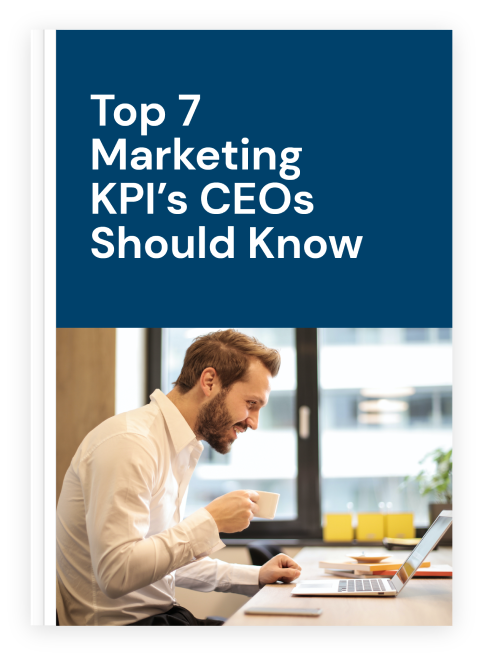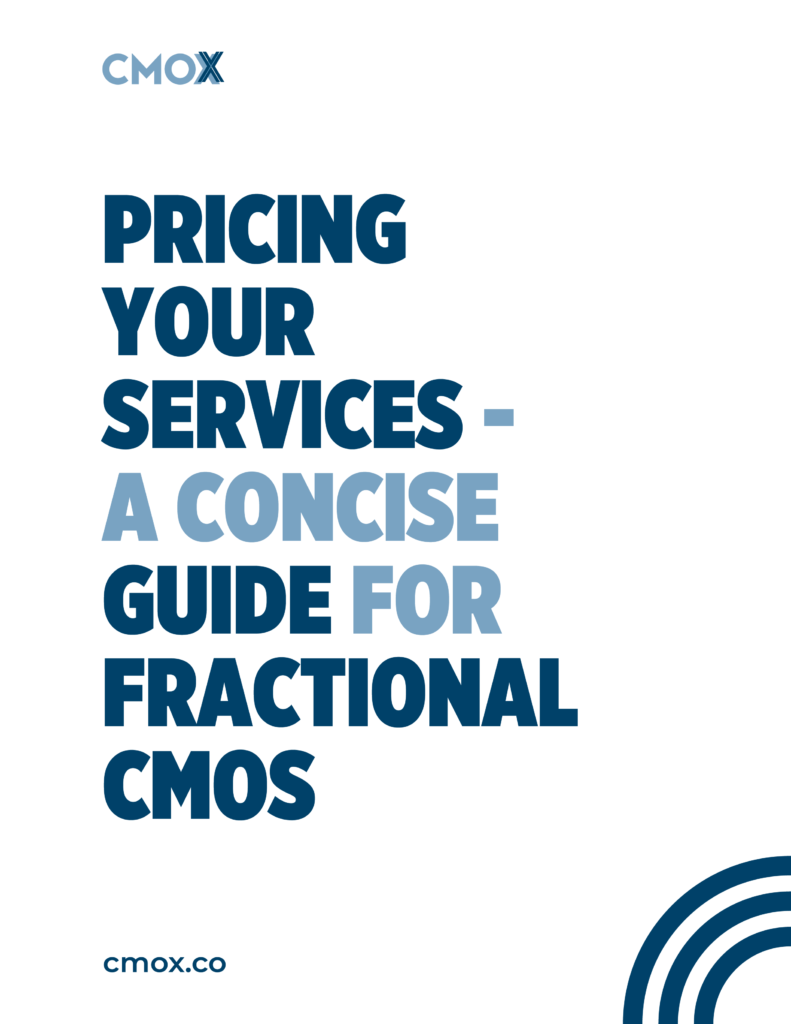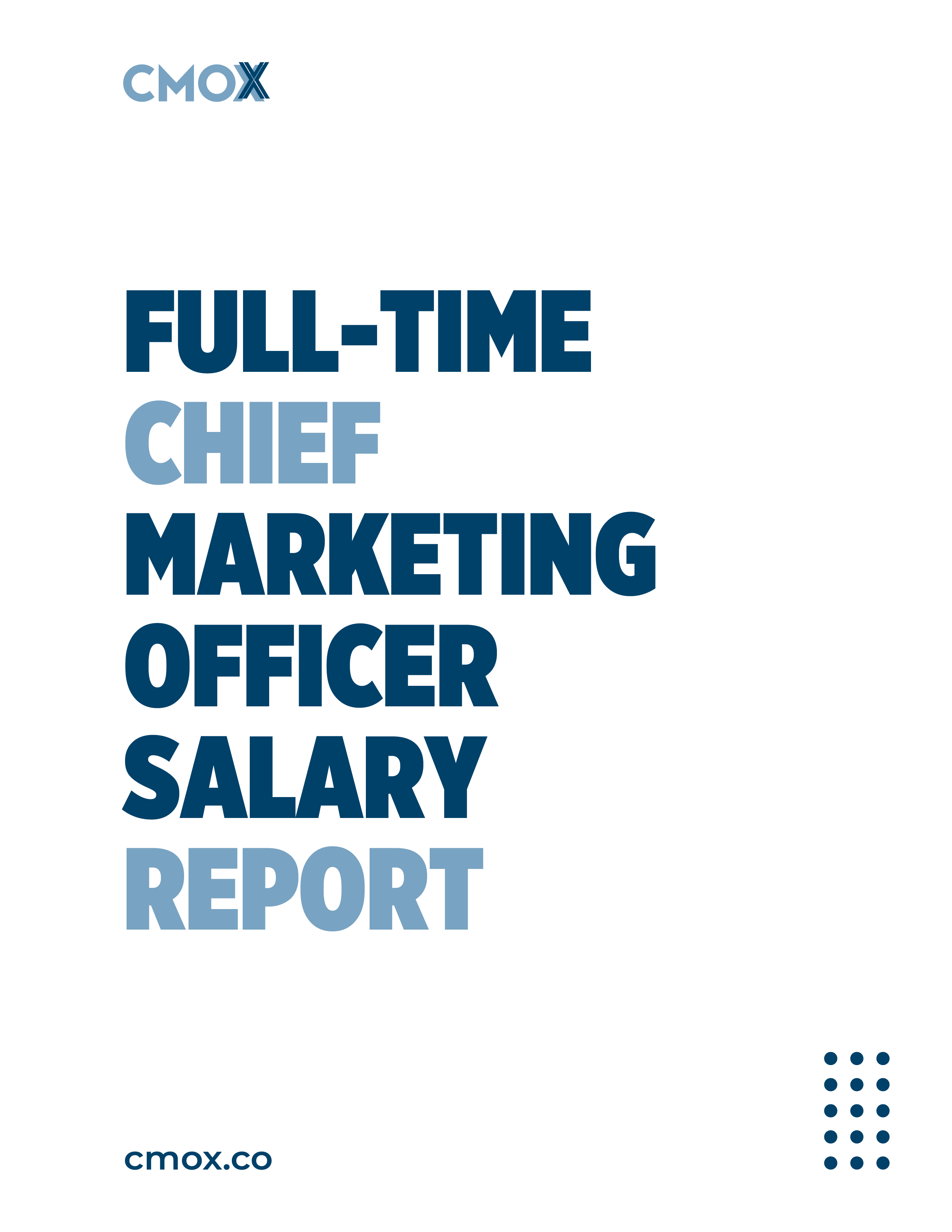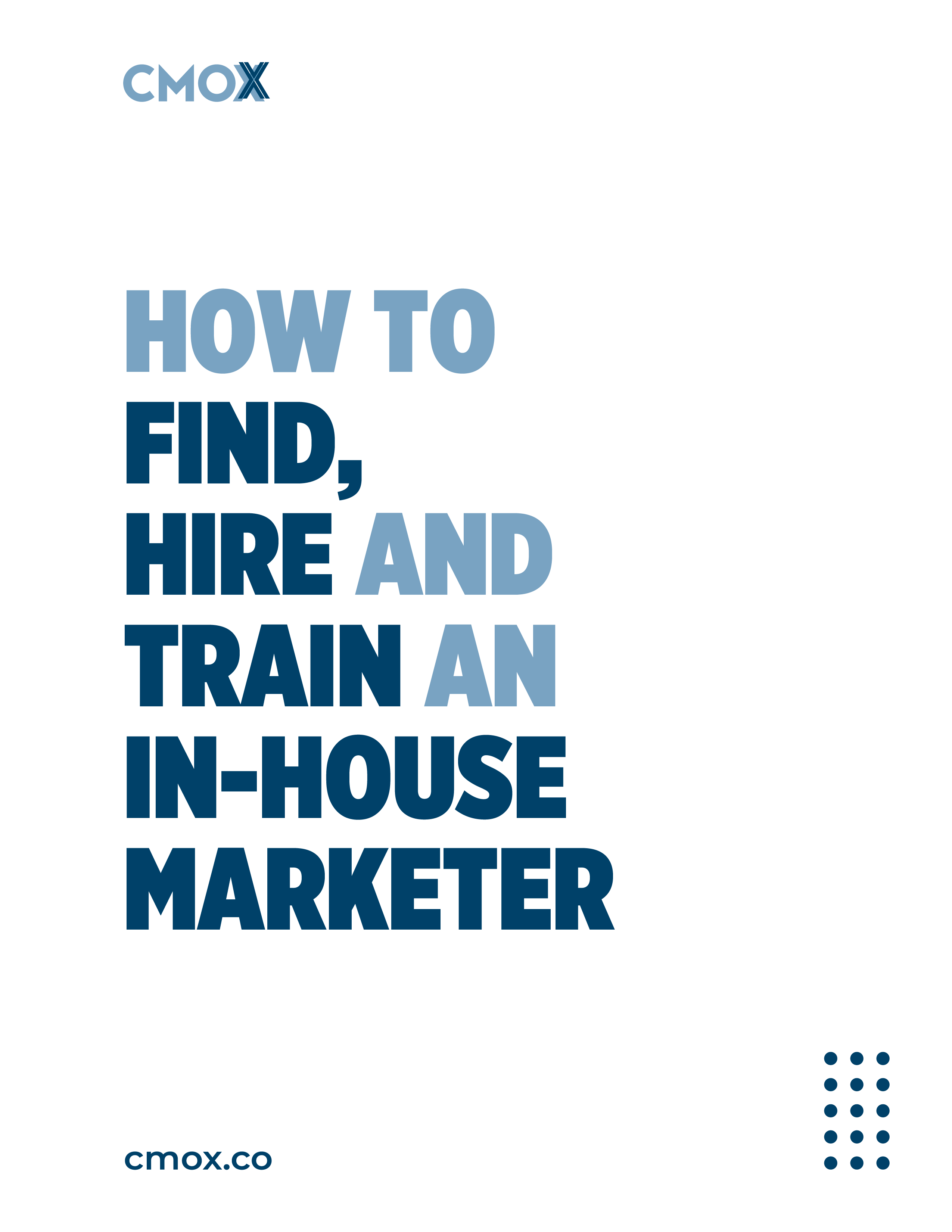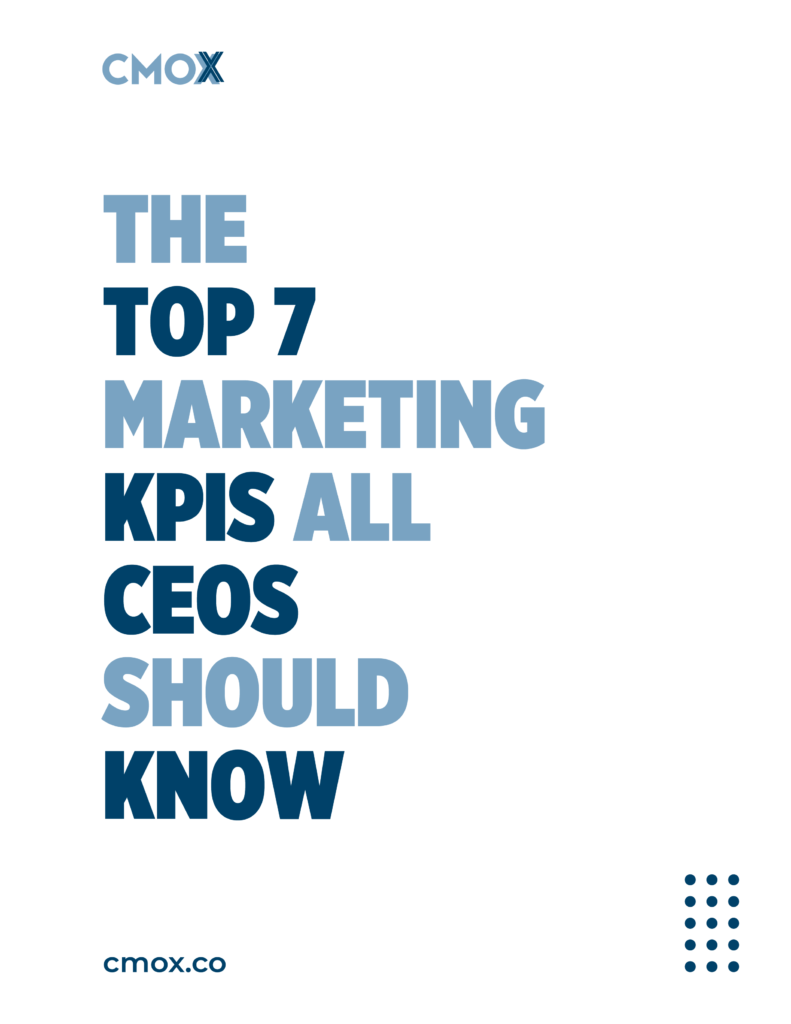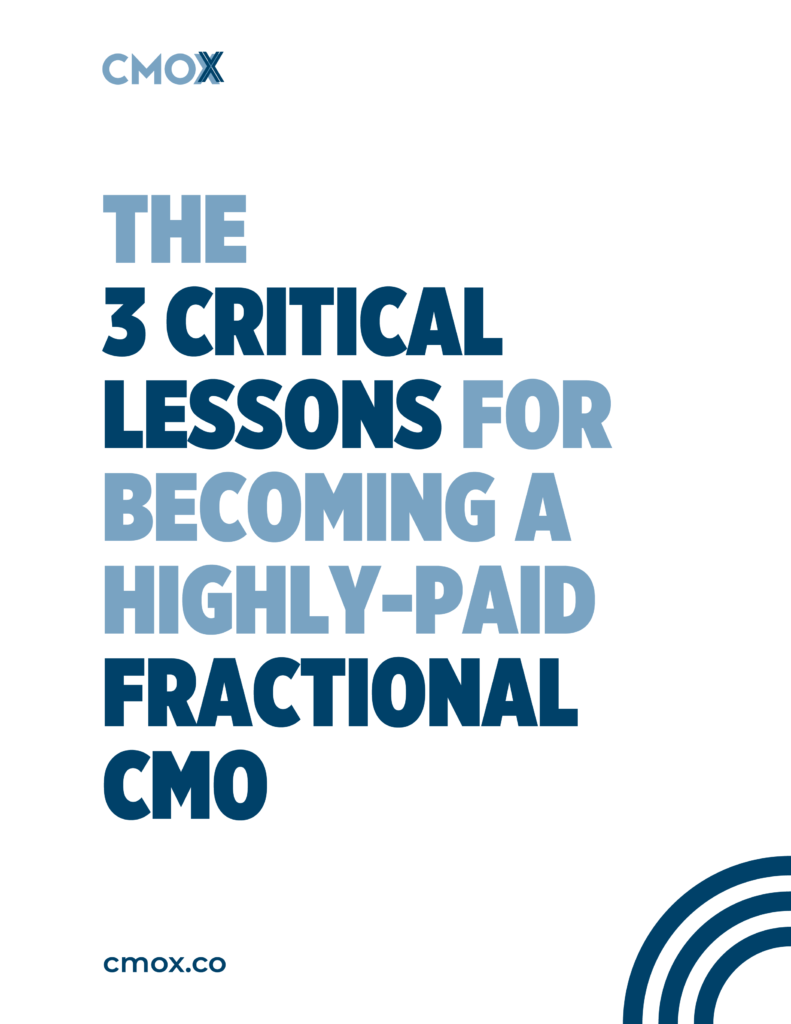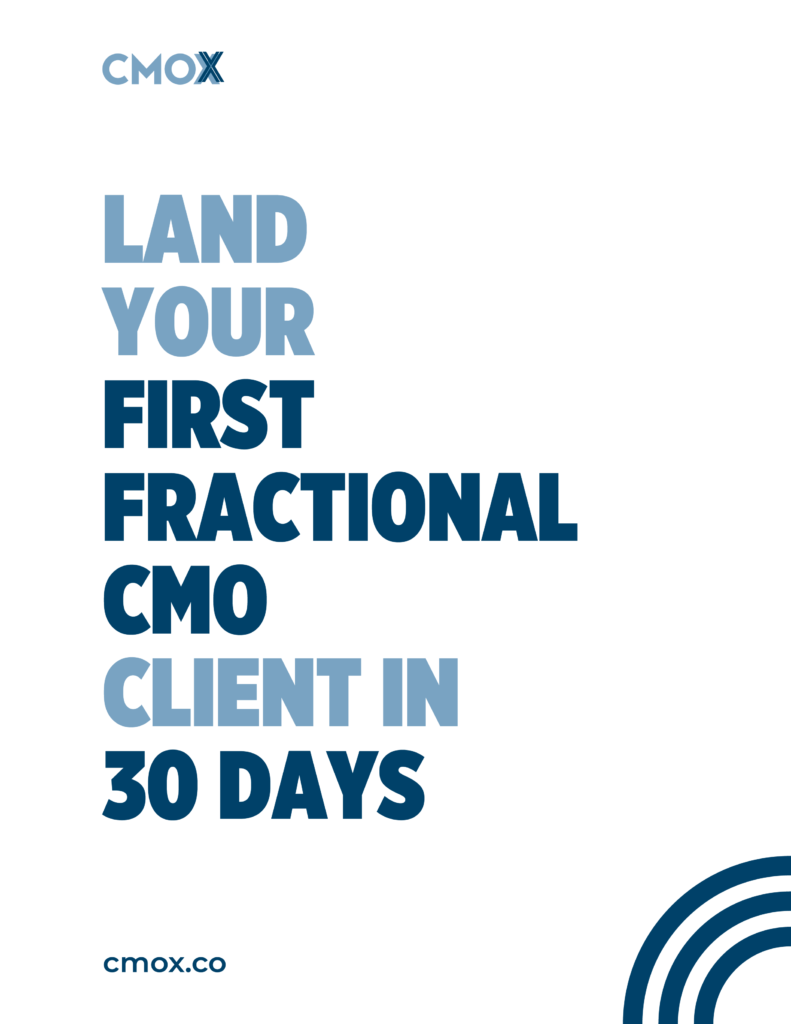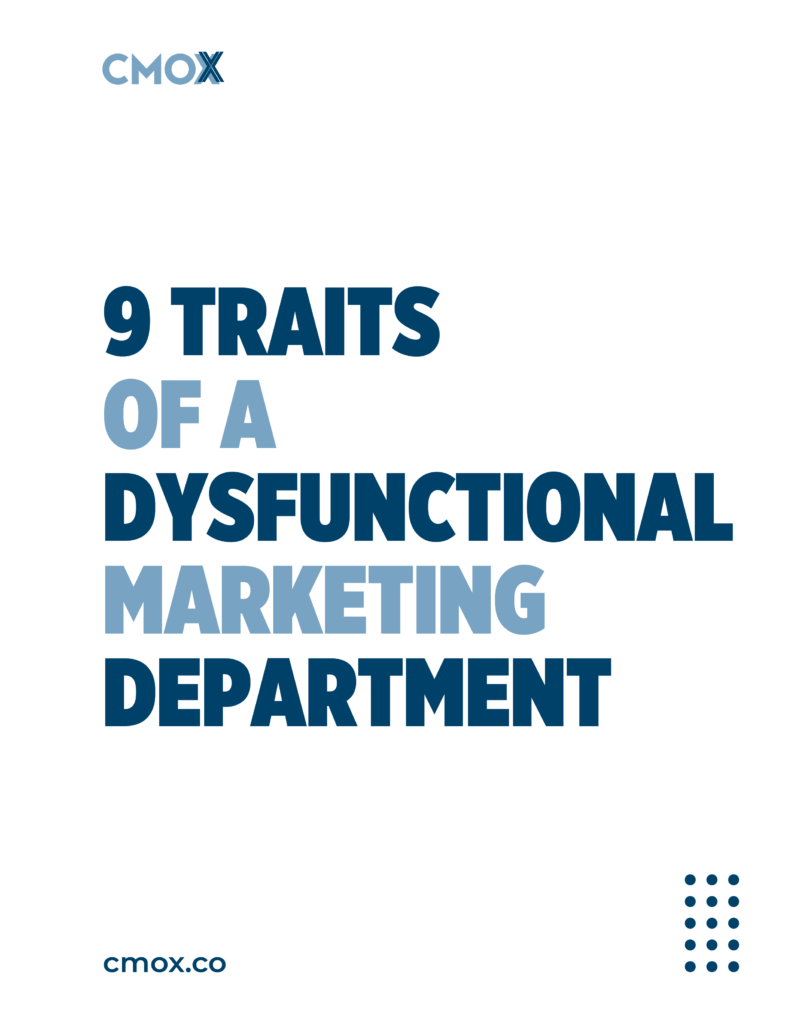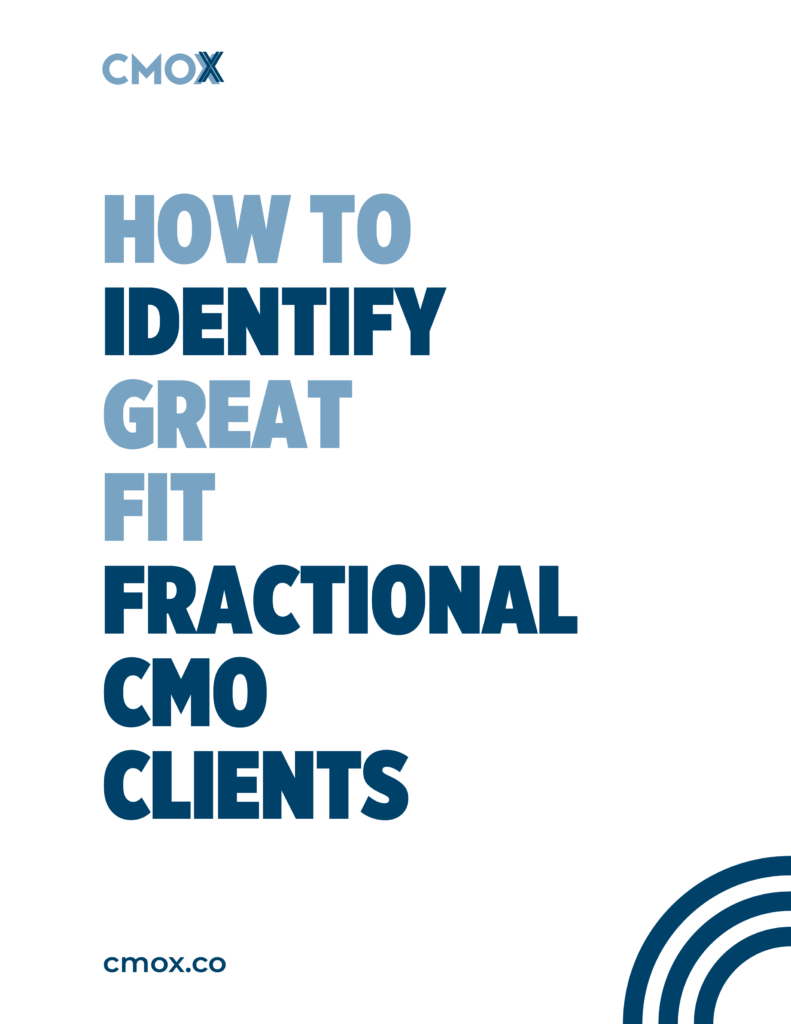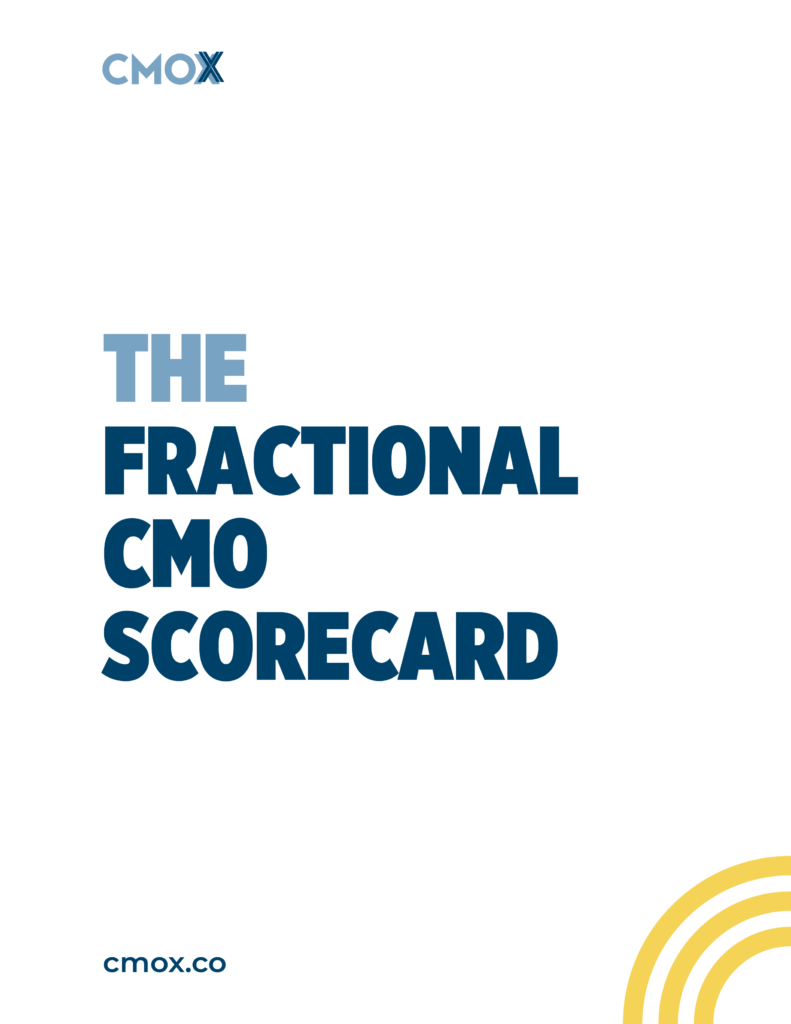Sometimes you learn about terms that you already understood and just didn’t have a name for. When it comes to marketing activities, some teams aren’t fully focused on the whole picture. This can lead to missing key opportunities. Understanding upstream vs. downstream marketing will help you create more successful strategies that promote sustainable growth.
What is Upstream Marketing?
Upstream marketing includes a strategy for long-term market situations. It analyzes the future market and uses the process of innovation in order to give you a competitive advantage. Upstream marketing considers the brand’s place in the market, identifies gaps and considers how future marketing (or new products) could serve those customers who are currently being missed.
Essentially, upstream marketing is like looking upriver from where you are standing in order to prepare for the onslaught of coming fish. It helps you get your big-picture planning in place.
An upstream marketing plan should include:
- Understanding your audience’s problems
- Pinpointing the product/service solution
- Identifies pricing and a competitive edge
In order to do this, your upstream marketing is going to require clear buyer personas that find pain points you can solve. You will have to understand the current market’s offering and how your product or service can fill those voids—you may have to develop a new product or service to truly fit.
You will need to ensure that the new item is going to be able to sell and bring in profit. Too high in comparison to competitor versions, and no one will buy your product (or someone else will be tempted to just sweep in at a lower price point). Too low, and you won’t make money (plus, a low price point can make your product or service look less valuable).
Upstream marketing is more brand building and ideation than action. You will look at new markets, customer needs and places where you can step in to fill the gaps for revenue growth. Upstream marketing may also include rebranding or adjusting your brand identity to better suit the oncoming audience you want to appeal to in the future.

What is Downstream Marketing?
Downstream marketing is where you really drill down into the details for your current audience. How do we implement the big picture? is the question asked in downstream marketing.
With downstream marketing, you will focus more on tactics and getting sales with short-term sales goals. You will set specific numbers with metrics so you can measure success. Upstream marketing asks, “How can we fill this gap?” while downstream marketing asks, “What campaign will take us to 100 sales for this product?”
Downstream marketing plans should include:
- Audiences, keywords and products broken down into various campaigns
- Individual campaign details differentiated and clarified in a map or structure
- The “how,” “when” and “where” questions all spelled out with specific goals
- A method for measuring success or failure at a specific, time-based checkpoint
Sometimes, teams will focus too much on downstream marketing. It can kind of be seen as interchangeable with general marketing. But, it is really only half of the equation.
Downstream marketing should lean heavily on the clarity created by the upstream marketing step. If you skip the initial stages of determining your positioning and oncoming audience, you will be going in a little blind when the time comes to create messaging and start your campaigns.
Downstream marketing is when you do the bulk of your digital marketing strategy—the strategic process of identifying how to best approach your audience and cultivate them towards conversion.
In order to be successful, your marketing plan will need to be highly detailed, including a content calendar and specific goals. The strategy will include how you will continue promoting old products and how you will incorporate the new products into your strategy. It might include plans for social media posts, blog articles, PPC ads, email marketing, retargeting ads and more.
Downstream marketing will also include audience segmentation—where you break up your audience in different ways by different characterizing aspects. Customer segments could be based on things like geographical location, pain points, place in the buyer’s journey, gender, job title, industry and recent activity on your site.
You wouldn’t want to send the same welcoming emails to a long-time customer as you are sending to a first-time opt-in in an early stage of the sales funnel. Breaking up your audience simply allows you to target more effectively.
How to use Upstream and Downstream Marketing together
Clearly, these two sections go hand-in-hand. When you put them together, they should flow like a river in one direction. The upstream marketing ideation flows right into the downstream marketing strategy process that finishes with the sales.
Don't get stuck on one
The value of considering a river is because this isn’t a circular process. Upstream marketing should always be occurring as downstream marketing is occurring. If you stop looking ahead, you are going to be caught by surprise when something big floats downriver and you are hyper-focused on the downstream part of your strategy.
If you are too focused on what’s coming, you will miss a lot of short-term opportunities for growth and sales with your current audience. You might even end up so focused on the upstream part of your ideation that you fail to consider marketing at all and have great products with no customer outreach plan in place.
View it as a continual flow
While upstream and downstream marketing work together, you should never get comfortable with your current approach and stop watching the development of audiences and markets that will impact your future positioning.
When used together, upstream and downstream marketing creates a smooth product development cycle that is customer-centric while keeping marketing in mind.
Get leadership to guide
It’s very hard for those involved in the nitty-gritty to see both sides of the river here. The marketers and sales team implementing your downstream marketing are going to be too busy with details to do the market research required to see upstream trends. The product developers, CEO and other ideation people are going to be too busy with the details to consider how it will impact marketing.
The chief marketing officer (CMO) is the guiding voice in this marketing stream. In order to keep both downstream and upstream teams on task, the CMO will need to research and lead effectively.
Some companies don’t have the need for a full-time CMO and benefit from a Fractional CMO to help them with tasks, like managing upstream and downstream marketing, at a fraction of a CMO’s full-time salary.
The Fractional CMO effectively performs like a CMO Consultant for your business.
If you need help getting your full marketing flow working towards an effective process, we can help. Schedule a call today to discuss what a Fractional CMO could offer your team.



